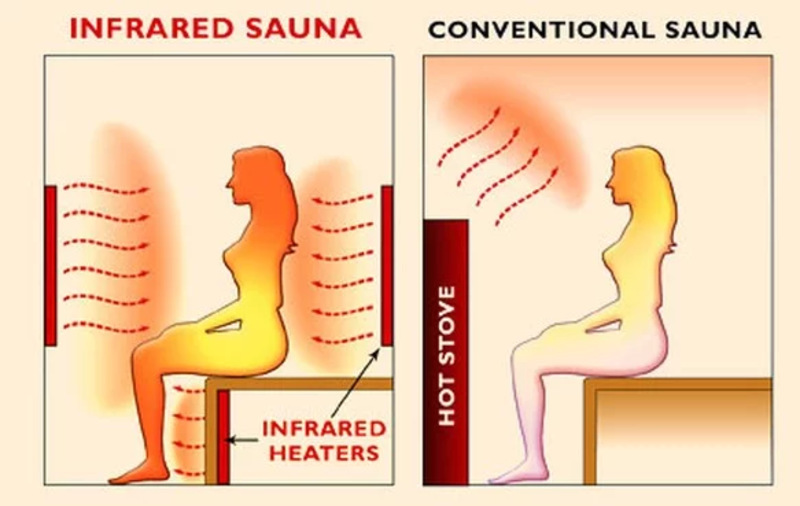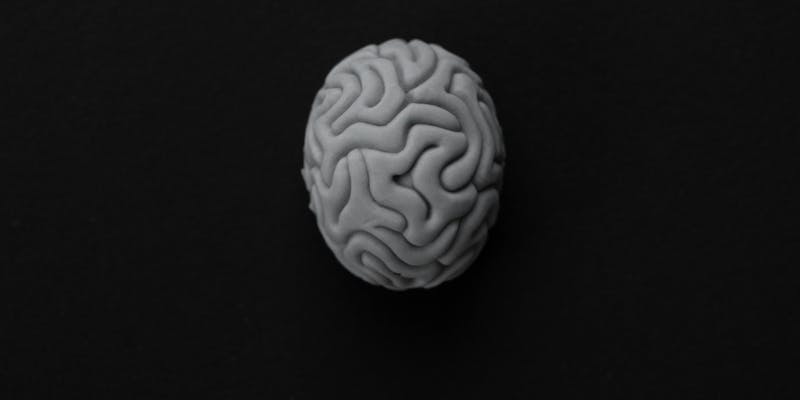Often, health enthusiasts and wellness seekers opt for alternative therapies to augment their overall well-being. Infrared sauna treatment, in recent years, has surged in popularity. It pledges a diverse array of health advantages. However, before we explore these promising claims, it remains crucial to grasp the fundamentals of infrared sauna therapy. This is an understanding that will facilitate informed perspectives on its potential efficacy and applicability.
1. How Does Infrared Sauna Treatment Work?
Infrared saunas utilize invisible light waves, a direct source of heat absorbed by the body. This is in contrast with traditional saunas that merely warm the air around you. The penetrating heat emitted from infrared saunas increases your body's temperature. This in turn promotes a cascade of physiological responses. This deep heat, proponents assert, potentially spurs health enhancements such as augmented circulation and improved detoxification. Yet, scientific research highlights the need to comprehend both its penetration depth and actual influence on cellular functions. There is evidence supporting increased circulation. However, we must not overlook the extensive investigation required for these processes' intricate interplay.

Furthermore, the distinct interaction of infrared heat with bodily tissues potentially affects cellular metabolism and repair mechanisms. Researchers aggressively investigate molecular responses at a cellular level to comprehensively understand how infrared sauna treatments influence diverse physiological processes. This detailed exploration could yield crucial insights into the potential therapeutic effects of infrared saunas that surpass often emphasized superficial benefits.
- Debunking the myth: Contrary to popular belief, the skin is not the primary organ for detoxification; the liver and kidneys play more substantial roles in eliminating toxins from the body.
- Note: Infrared saunas may promote sweating, but the connection between sweating and significant detoxification remains uncertain.
2. Examining Health Claims
A multitude of health benefits, from detoxification to weight loss and improved circulation, populate the landscape of claims that supporters highlight while advocating for infrared sauna treatment. They paint an attractive picture. However, as is often with such bold assertions, critically assessing these promises through a scientific lens poses its challenge. Rigorous scrutiny must distinguish between anecdotal support and proven results. This demands our commitment to objective inquiry into these controversial yet potentially transformative therapy methods. Validating the proposed benefits and elucidating their underlying mechanisms require rigorous studies.
A personalized approach becomes imperative due to the variability in individual responses to infrared sauna treatment. Variables like age, health status, and pre-existing conditions might influence the outcomes of sauna therapy. We must conduct ongoing research to establish a clear understanding of conditions that maximize effectiveness for infrared sauna treatment, thus aligning expectations with scientifically validated outcomes amidst diverse health claims.
- Note: Individual responses to infrared sauna therapy can vary, impacting the perceived benefits on circulation.
- Consideration: The duration and frequency of sauna sessions may influence the extent of improvements in circulation.
3. Scientific Evidence on Detoxification and Weight Loss
The assertion is that infrared saunas facilitate detoxification by boosting sweating. This prompts queries regarding the process's scope. To be clear, sweating is a natural mechanism for toxin elimination. However, we have not fully clarified the extent to which infrared saunas amplify this process. Furthermore, claims of substantial weight loss solely ascribed to perspiration are frequently exaggerated. Scientific studies emphasize the importance of distinguishing between water loss and actual fat reduction.
Ongoing research focuses on the role of infrared sauna treatment in supporting metabolic processes. By exploring its impact on metabolic rate and potential mobilization of fat stores, we can enhance our understanding of how infrared sauna therapy relates to weight management at a more comprehensive level.
- Consideration: Weight loss observed during and after infrared sauna sessions is largely attributed to water loss through sweating, not fat loss.
- Note: The metabolic effects of infrared sauna therapy on fat metabolism are still under investigation.
4. Circulation and Cardiovascular Health
Advocates assert that an infrared sauna session's escalation of heart rate might enhance cardiovascular health. Some studies suggest, albeit temporarily, the amelioration in blood vessel function. However, the long-term implications for cardiovascular well-being remain nebulous. Considering individual health conditions is essential, particularly for individuals grappling with pre-existing cardiovascular issues when evaluating potential benefits.
Moreover, ongoing research probes the potential impact of infrared sauna treatment on additional cardiovascular parameters. Specifically, it examines its effect on blood pressure and arterial stiffness. This comprehensive investigation seeks to unveil the intricate relationship between infrared heat and heart health.
- Caution: Individuals with cardiovascular conditions should seek professional advice before incorporating infrared sauna therapy into their routine.
- Consideration: The impact of infrared sauna therapy on blood pressure requires careful consideration, especially for individuals with hypertension.
5. Skin Rejuvenation and Pain Relief

We celebrate Infrared Sauna Therapy for its potential to promote skin health and alleviate pain, particularly in conditions such as rheumatoid arthritis. Initial studies suggest benefits such as an increase in collagen production and a reduction of pain. Yet, the evidence is still preliminary. However, these are not claims without substantiation. They require imperative further research exploring specific mechanisms underlying effects on skin rejuvenation and pain relief.
The potential of infrared sauna treatment to augment current pain management strategies is actively under investigation. A deep-rooted understanding of how infrared heat affects pain perception and the inflammatory response serves as a cornerstone for devising focused therapeutic interventions.
- Note: Infrared sauna therapy may offer complementary benefits in pain management, but its role in comprehensive treatment plans requires further exploration.
- Remember: Individual responses to infrared sauna therapy for pain relief can vary based on the underlying conditions and their specific mechanisms.
6. Safety Considerations
Although many individuals may safely experience infrared sauna sessions, one must consider potential risks. These include dehydration and overheating, along with the need for careful evaluation due to interactions with specific medical conditions or medications. Individuals must approach their infrared sauna treatment while being aware of their health conditions. When uncertain, they should consult healthcare professionals.
Moreover, researchers persist in their dedication to identifying potential contraindications. They strive to optimize safety guidelines for diverse populations. The escalating popularity of infrared sauna therapy requires an informed stance on safety considerations. This guarantees a balanced approach towards integrating it into wellness routines.
- Caution: Individuals with certain medical conditions, such as cardiovascular issues or skin disorders, should consult healthcare professionals before using infrared saunas.
- Note: Hydration is crucial during sauna sessions to prevent dehydration, and the duration and temperature of sessions should align with individual tolerance levels.
Conclusion
To summarize, although supporting evidence exists for certain benefits of infrared sauna treatment; the overall landscape is nuanced. It necessitates further research to substantiate a multitude of claims made by proponents. Like all health-related decisions, individuals should base their choices on amalgamating scientific evidence with consultations from healthcare professionals.







